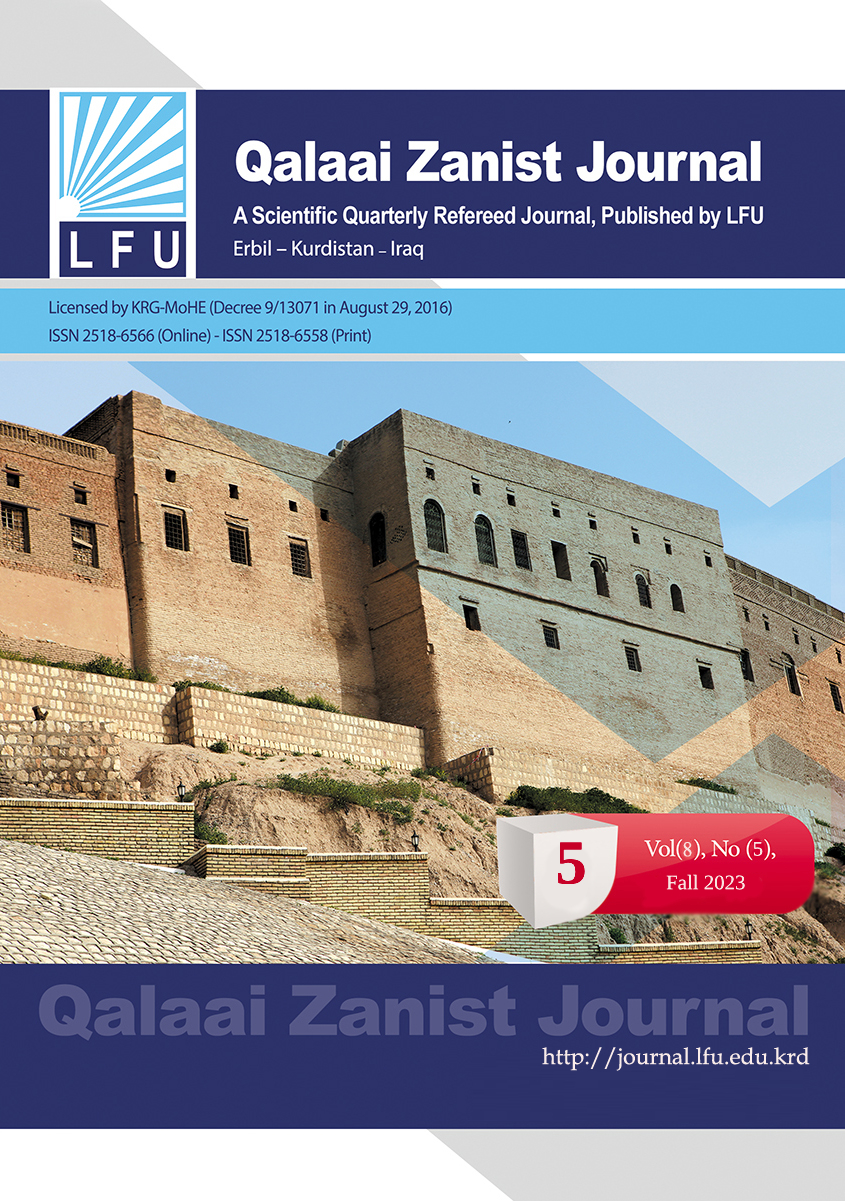The role of using blockchain technology in enhancing the efficiency of the tax system according to the indicators of V.Tanzi An exploratory study of the opinions of a sample of certified accountants and employees in the General Directorate of Taxation in the Kurdistan Region of Iraq
##plugins.themes.bootstrap3.article.main##
پوختە
This research aims to test a relationship between the use of block chain technology and enhancing the efficiency of the tax accounting system in the Kurdistan Region of Iraq according to the indicators of V. TANZI. The study uses a set of quantitative and qualitative methods to analyze the data collected from a sample of auditors and workers in the General Directorate of Taxation in the Kurdistan Region of Iraq, which amounted to (120) respondents, of which (109) were retrieved, and (105) of them were valid for analysis through statistical programs. Ready-made (SPSS Version 26). One of the most important findings of the research is that block chain technology is one of the latest technologies provided by digitization and great technical development, and this technology is employed in many different sectors and industries, and block chain technology can be employed to solve the problems associated with tax accounting procedures in many countries of the world for what it offers The speed and accuracy of completing the procedures and transactions that the taxpayer must carry out during his visits to tax departments, and the application of block chain technology in the government sector is still in its infancy, as there is a great lack of study of the various aspects of employing this technology in the government sector.
Downloads
##plugins.themes.bootstrap3.article.details##
چۆنییەتی بەکارهێنانی سەرچاوە
Copyright (c) 2024 Mohamed Abdel Aziz Mohsen، Tarza Muhammad Hussain

This work is licensed under a Creative Commons Attribution 4.0 International License.

